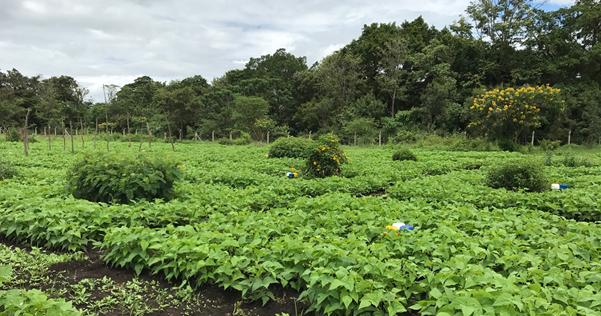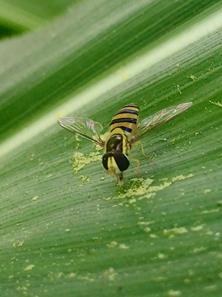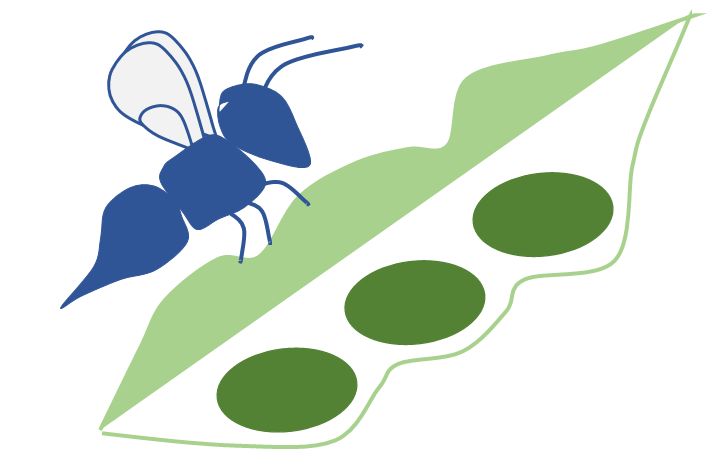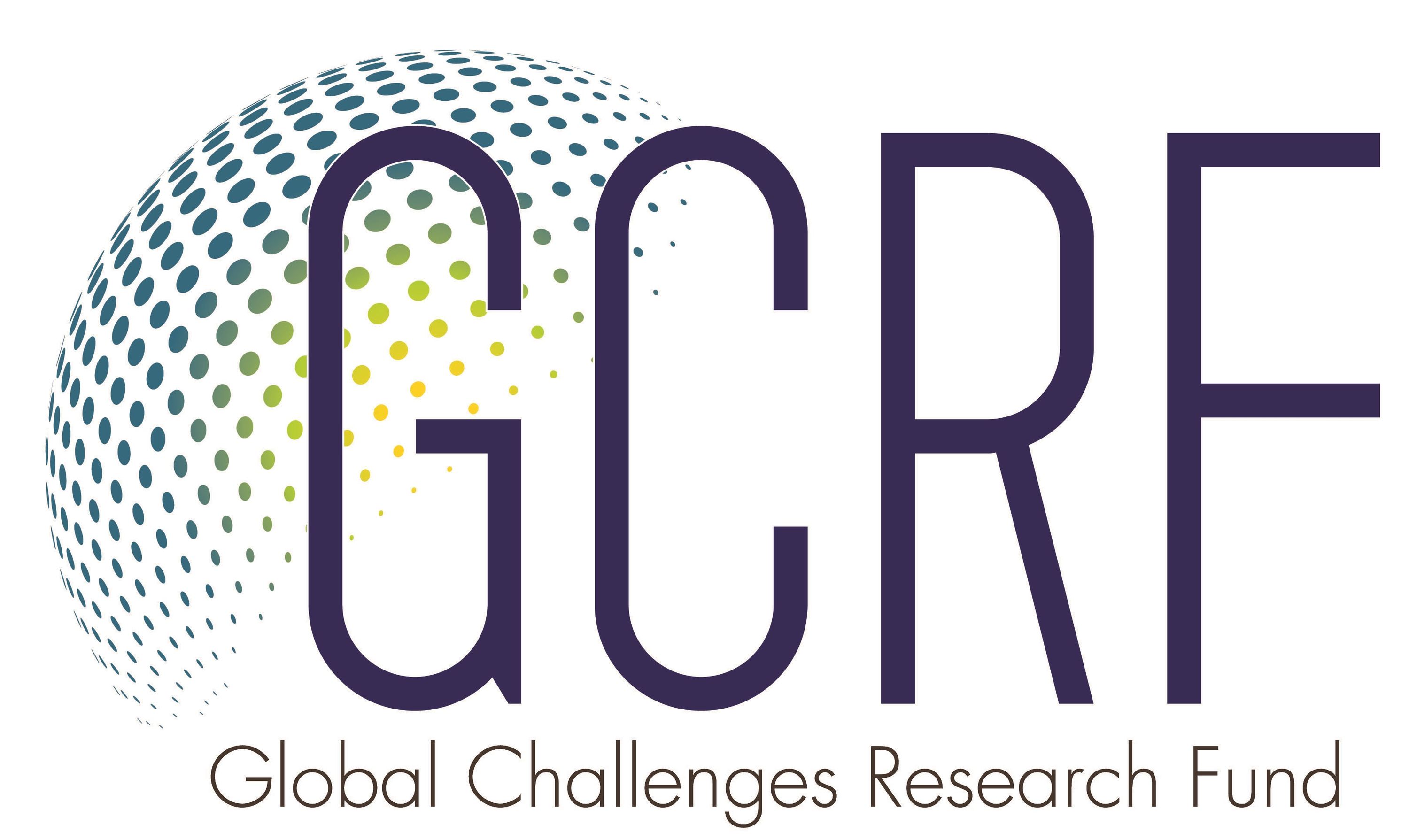
Evaluating the benefits of floral patches for supporting beneficial insects in legume crops, Nelson Mandela African Institution of Science and Technology, Arusha, Tanzania.
Pest damage of legumes is one of the major challenges to food and nutritional security in Africa and disproportionately affects poor farmers growing low-input orphan crop grain legumes such as beans, pigeon pea, cowpea and lablab. Pest control is typically dependent on high agrochemical inputs which may have negative impacts on users and consumers and severely impact non-target invertebrates that can otherwise be beneficial to food production through pollination or natural pest regulation. Agricultural systems are ecologically complex and must function with natural habitats rather than deplete them. More resilient agriculture and focussed investments for smallholder farmers can deliver transformative change and enhance prospects and livelihoods of the world's poorest while safeguarding against risks.
In Tanzania, Kenya and Malawi, legumes are grown and consumed by millions of farmers and their families providing protein, micronutrients and vitamins so represent one of the most important means to enhance nutritional security. Food poverty exceeds 18% in these countries and agriculture is central to reducing this livelihood gap. Yields of key legumes such as beans and cowpea are presently very low (500-700 kg/ha) but potential yields are >3000 kg/ha. Consequently, there is great potential for millions of farmers, particularly women (the primary growers of orphan legume crops in Kenya, Malawi and Tanzania), to increase nutritional and food insecurity by improving production of legumes.

The larvae of hoverflies are key predators of aphids, which are important bean pests
Biodiversity underpins agricultural ecosystem services and food security, livelihoods and economic development by provisioning natural enemies of crop pests. Natural enemies reduce populations of pest insects thereby reducing reliance on synthetic insecticide application. Natural Pest Regulation has been estimated to be worth US$906 billion. Non-crop habitats in field margins provide the environment required to support natural enemies of pests including hoverflies. Management or manipulation of this non-crop habitat can help to support natural pest regulation and can even be augmented and sustained in better managed natural or manipulated agro-ecosystems. The occurrence, density and impacts of most beneficial insects in smallholder ecosystems, however, are poorly understood, particularly in Africa.
This new project "NaPROCLA" (Natural Pest Regulation on Orphan Crop Legumes in Africa) will take forward recent findings by our partnership and identify the key taxa that support and deliver natural pest regulation. We will develop approaches that support and augment natural pest regulation through improved agroecosystems management with reduced pesticide use. The research will provide evidence for benefits of natural pest regulation and establish how this can be optimised through better landscape management or manipulation and how natural pest regulation can function alongside other management practises including natural pest resistance, botanical insecticides and intercropping.
Read the profile on the UKRI website.
Funders:
Partners:
Natural Resources Institute, University of Greenwich
Nelson Mandela African Institute of Science and Technology, Tanzania
Lilongwe University of Agriculture and Natural Resources, Malawi
Egerton University, Kenya



